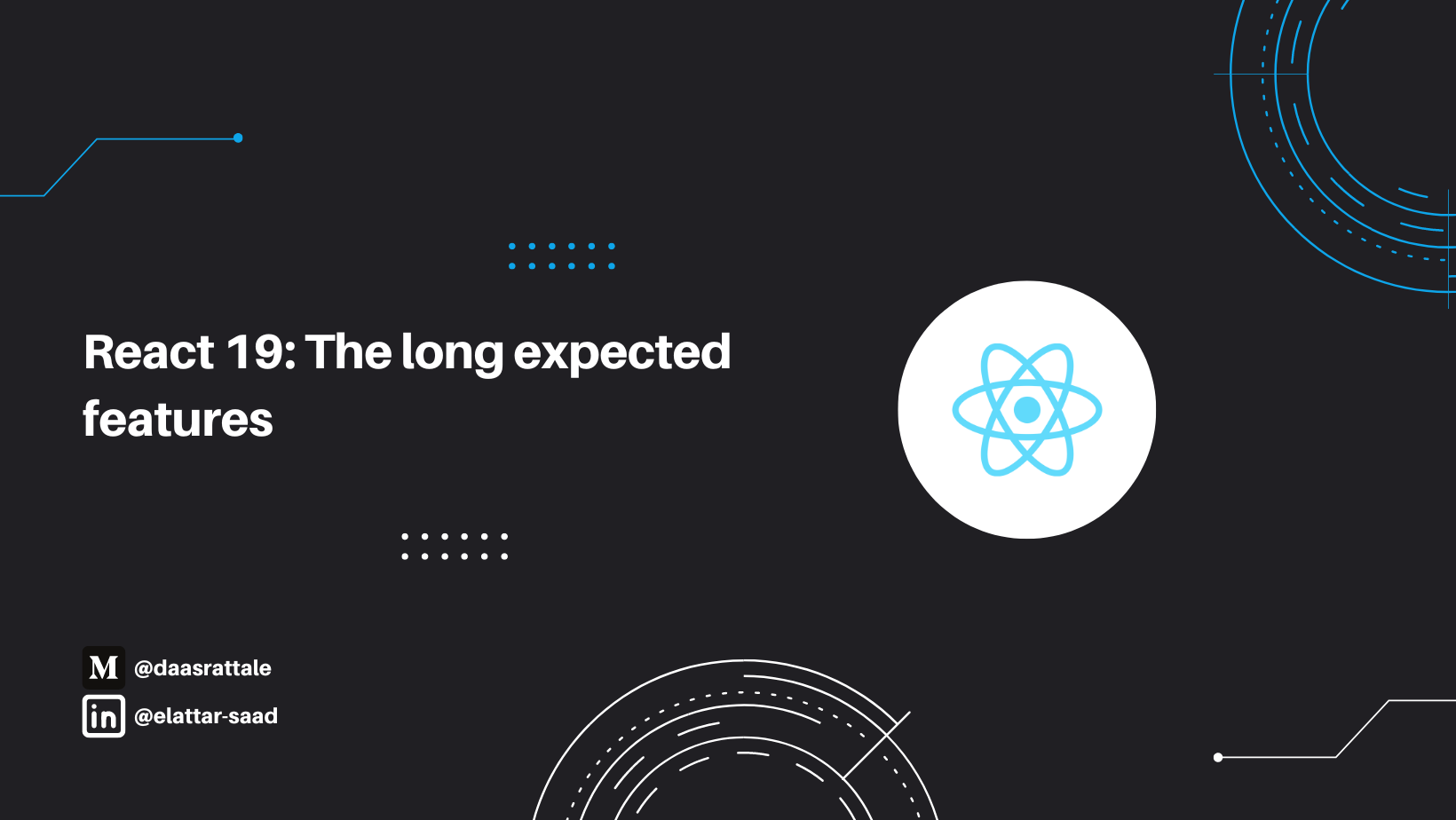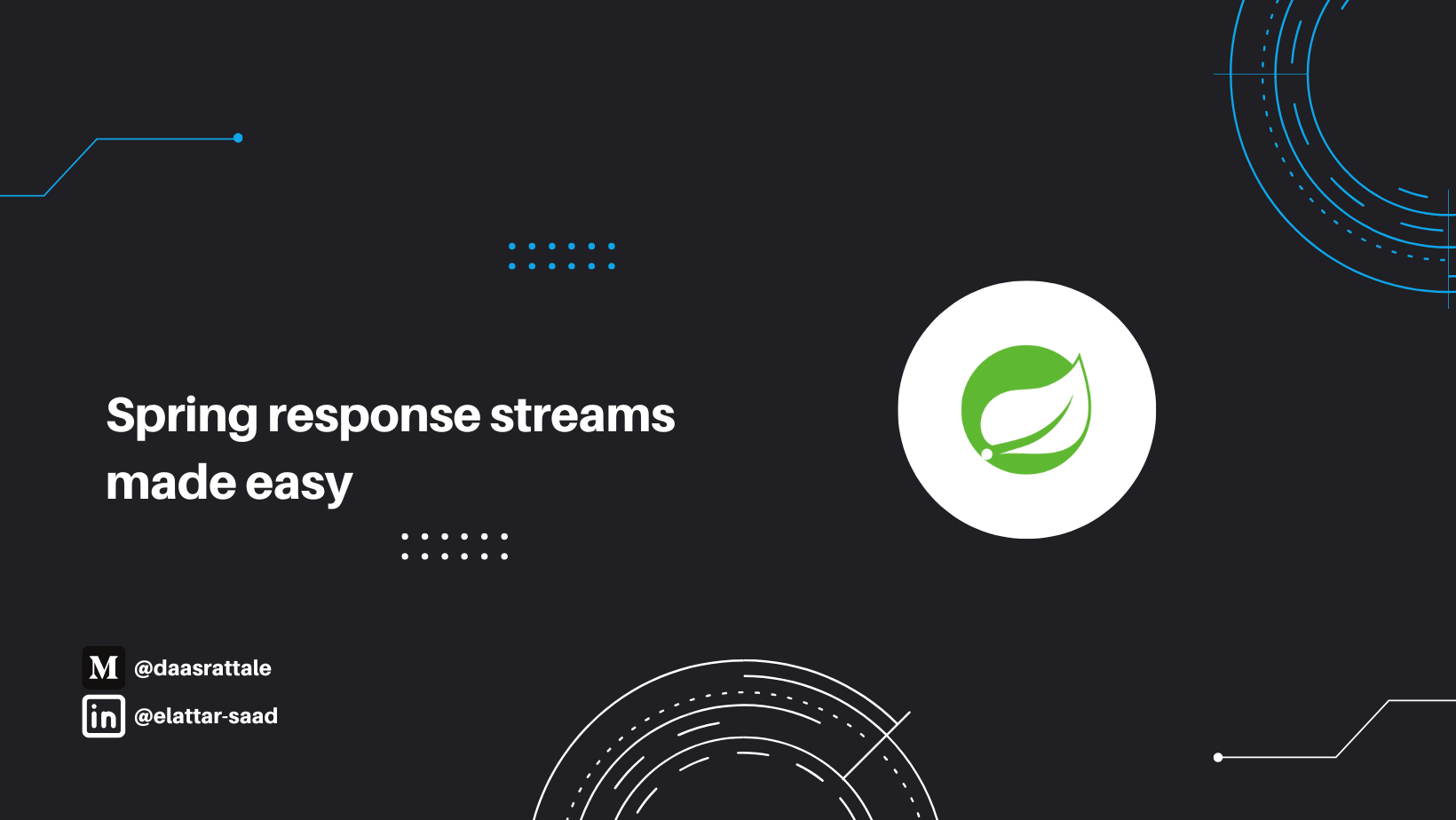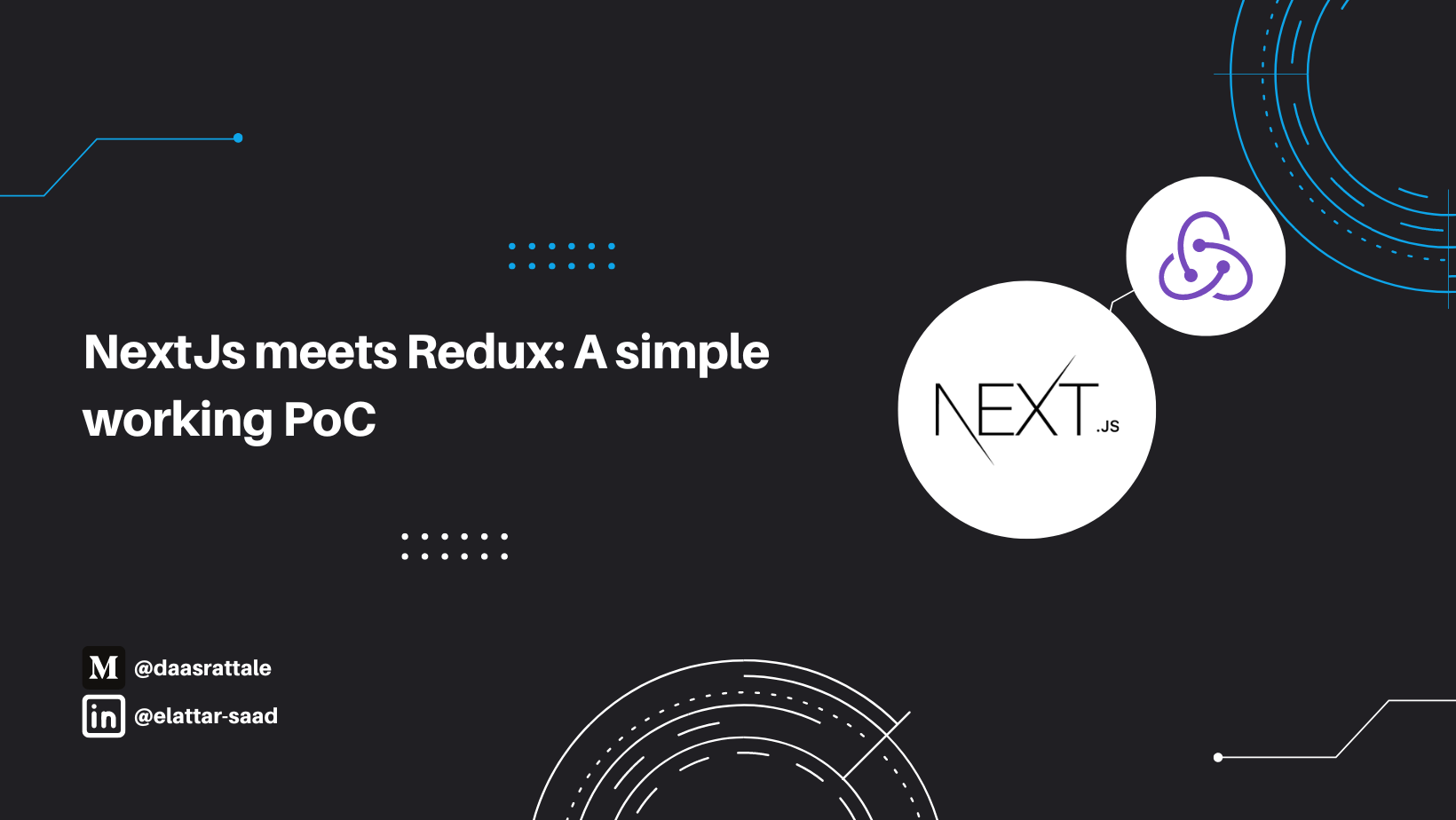React 19 introduces a number of new features that will undoubtedly make the life of react developers simpler. While the release is not yet stable, you can test out the new features using the canary version.
React Forget
The react compiler (called "React Forget") in version 19 is nothing short of game-changing. Whiles some solutions included their own compilers to maximize developer efficiency, React initially solely operated in the browser.
Once a compiler is in place, React developers can concentrate on creating business features rather than worrying about things like momoization.
Yes, you heard that righ the momoization hooks (useMemo and useCallback) and memo API will no longer be needed since
the compiler will be handling that automatically and more efficiently without compromising the application performance nor the code base quality.
The React compiler is already been deployed in Instagram web app Production. You can see it in action in this ReactAdvanced Conf talk by Joe Savona and Mofei Zhang.
Actions
React 19 introduces the ability to run actions on either the server or the client using the directives "use client"
or "use server". Previously, Server Actions were used to transport data from the client to the server.
As a result, we now refer to them as "actions".
If you're acquainted with NextJs, the directives will come as no surprise.
To manage async actions, React provides a useFormStatus and useFormState hooks to handle the pending status and state to prevent multiple submissions of a form for instance.
Hooks
React 19 came with a set of new hooks that will either replace existing hooks or support the new of its features.
useFormStatus
useFormState
The actions can also return values, in that case we need use the useFormState hook.
Know more about the useFormStatus and useFormState hooks.
useOptimistic
The useOptimistic hook can be used to provide the user with a temporary ui based on what they already submitted,
for instance showing the newly sent message while the data is processed on the server.
Know more about the useOptimistic hook.
useCallback and useMemo
As previously stated the momoization will be handled by the React Compiler, therefor the useMemo,
useCallback hooks and memo API won't make it to the version 19 of React.
use
The use hook is here to clean more the react code base, it will replace two widly used hooks (thank God): useEffect and useContext.
One of the famous use cases for the useEffect hook is data fetching, for this example we fetch the user details and return a UserProfile:
The use hook will also be replacing the useContext hook:
ForwardRef
No more forwardRef! We can simply pass the ref down like any other prop without the use of forwardRef.
SEO
React will enable the usage of the <title>, <meta>, and <link> tags anywhere in the App, improving SEO performance.
Previously, libraries like as react-helmet were used for this.
Summary
In my perspective, React v19 will deliver a lot of relevant and required enhancements, allowing developers to focus more on important features that matter!
Resources
https://react.dev/blog/2024/02/15/react-labs-what-we-have-been-working-on-february-2024#react-compiler
https://react.dev/blog/2023/03/22/react-labs-what-we-have-been-working-on-march-2023#react-optimizing-compiler
https://www.youtube.com/watch?v=qOQClO3g8-Y
https://react.dev/reference/react/







